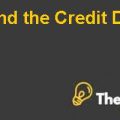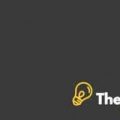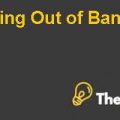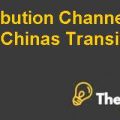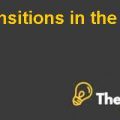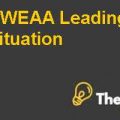Jc Penny Case Study Solution
JC Penny Management
At the end of 2010, Ackman held on to around 40 million shares of JCP giving him the share of 16.8% stake in JC Penny. The activist investor had a strong belief that the company was undervalued and there was so much potential for the company’s stock to go north. He showed his intentions of joining the top head of the company and becoming one of the decision maker in JC Penny. For this he revealed his plans to join the board of directors and hence the changes were certain. Ackman worked for the betterment of the company and hence shareholders had great faith in him.
The appointment of Ron Johnson was the decision that was fully backed by the shareholders which was seen when the stock went up by 17% after the new CEO announcement. Looking at the profile of Ron Johnson, the new CEO, he seemed to be best person to get the job. He previously worked for Apple as a retail stores controller. Many market analyst had high regards about Johnson and knew that he played big role in Apple’s success. ( GUEST POST, 2011). The new CEO made several different appointments including targets CMO, Michael Francis joining the team at the same position.
Recommendations
JC Penny, one of the best home retailer stores had successful sessions of positive income growth but later on it was surrounded by the rumours of facing liquidity crunch. The Wall Street analyst had strong suggestions that the company would get bankrupt. The financial advisors had already asked the investors to sell off their stakes in the company. The CEO, Ron Johnson knew that the cash reserves were drying up and needed quick retreat to fill up the cash pool. The situation occurred due to hoarding up inventory at highly dangerous levels. The quick ratio and current ratio have shown that the company had more assets than it actually required. They should have utilized the assets in a better way. Plus, the cash sales were weak and there were more credit sales, therefore the company didn’t have much cash in its reserves. In these circumstances, the company should’ve stayed away from debt funding. The company was already suffering from business risk due to higher debt to capital ratio of 33% more than the industry average. The best way in which the issue could’ve been tackled was to look for equity financing. Going for this option would have resulted in the company no longer having an obligation to make huge interest payments, eating up company’s profits. The debt ratio would’ve been reduced and the JC Penny’s business risk would’ve been mitigated.
Exhibits
Exhibit 1
| Q4 2012 | Q3 2012 | Q2 2012 | Q1 2012 | Q4 2011 | Q3 2011 | Q2 2011 | Q1 2011 | |
| Current ratio | 1.43 | 1.67 | 1.91 | 1.92 | 2.21 | 1.76 | 2.05 | 2.11 |
Exhibit 2
| Q4 2012 | Q3 2012 | Q2 2012 | Q1 2012 | Q4 2011 | Q3 2011 | Q2 2011 | Q1 2011 | |
| quick ratio | 1.27 | 1.40 | 1.56 | 1.60 | 1.60 | 1.57 | 1.85 | 1.94 |
Exhibit 3
| Q4 2012 | Q3 2012 | Q2 2012 | Q1 2012 | Q4 2011 | Q3 2011 | Q2 2011 | Q1 2011 | |
| cash-sales | 0.24 | 0.19 | 0.29 | 0.27 | 0.28 | 0.27 | 0.40 | 0.45 |

